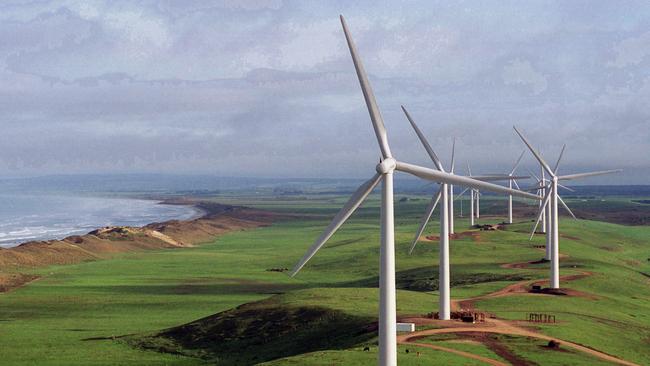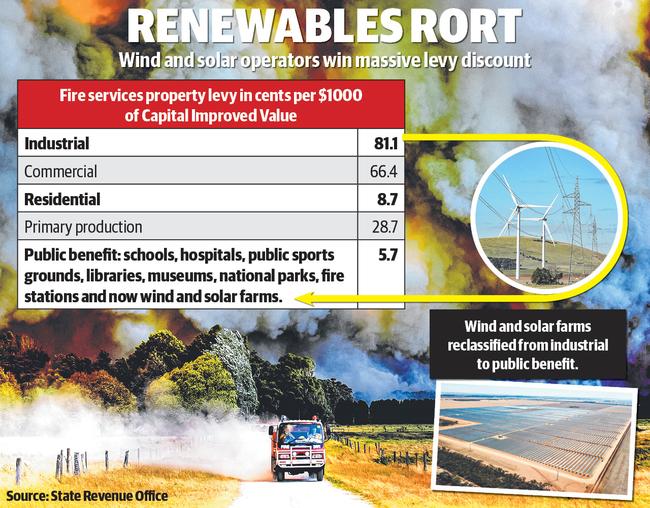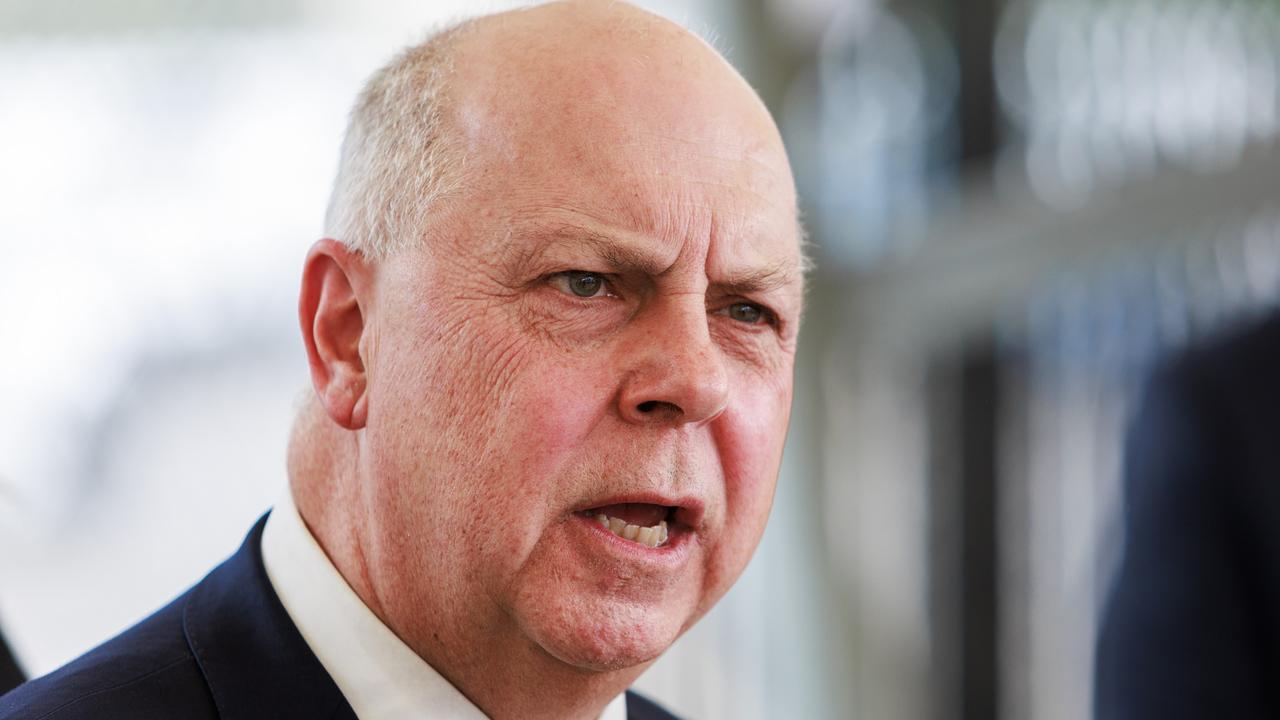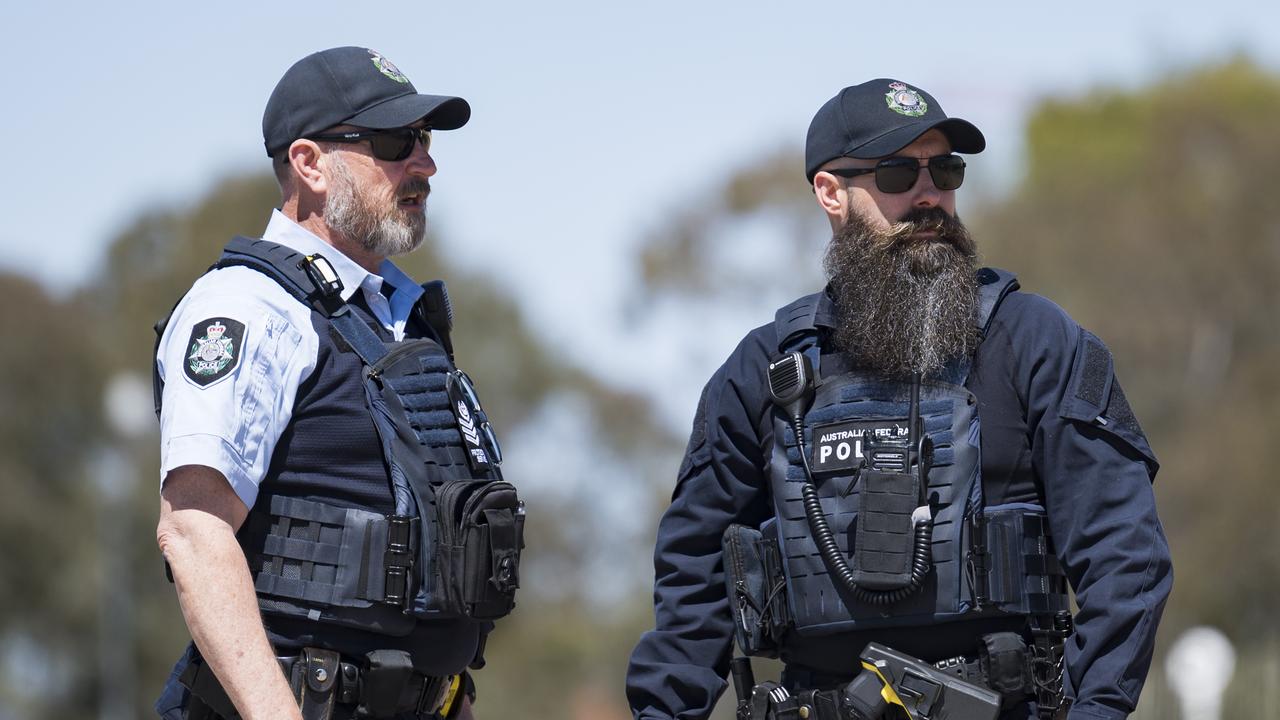Fire services levy: Wind and solar farms paying a pittance
CFA volunteers say it’s “nothing but an insult” that corporate wind and solar farms are not paying a fair share of fire service levies.

News
Don't miss out on the headlines from News. Followed categories will be added to My News.
Corporate-owned wind and solar farms will contribute little more than $600,000 to fund Victoria’s fire services this financial year, while the state’s households and businesses chip in more than $1 billion.
Late last year the Allan Government proposed charging the renewable giants the industrial fire services property levy of 81.1c per $1000 on their operations’ capital improved value, which would have raked in close to $10m to help fund the CFA and Fire Rescue Victoria.
But Treasurer Tim Pallas and Emergency Services Minister Jaclyn Symes bowed to pressure from the Clean Energy Investment Group and cut the FSPL rate on solar and wind farms to the public benefit rate of 5.7c/$1000 CIV – the same discount that applies to schools, hospitals, libraries and fire stations.

The government’s wind and solar discount has incensed farmers, many of who are CFA volunteers, given they must pay an FSPL rate of 28.7c/$1000 CIV, after the government lifted their contributions in the May budget from $47.5m in 2023-24 to $75.7m this financial year.
Wimmera farmer and Gre Gre Village CFA captain Peter Knights said it was “nothing but an insult to grant these industrial-scale operations the public benefit rate, when many are international corporations”.
Many of the state’s wind and solar farms are owned by Chinese, Spanish, French, Dutch and Italian multinationals, with little to no transparency on their Australian tax contributions.
Clean Energy Council energy generation policy director Nicholas Aberle said “renewable energy provides a public benefit through supplying an essential service to all Victorians, while also being the most effective way to reduce emissions and prevent the worst impacts of climate change.”
But Volunteer Fire Brigades Victoria chief executive Adam Barnett said an extra $10m a year in FSPL revenue from the renewables sector would be enough to either replace 20 ageing CFA tankers each year, 60 ultra-light tankers or provide every single CFA volunteer with a new set of personal protective equipment.
“As volunteer firefighters are forced to tin rattle and fundraise to buy essential equipment and replace their ageing fire trucks which the government refuses to replace, the same government is giving handouts to energy companies,” Mr Barnett said.
“Volunteer firefighters would be horrified to learn that large multinational renewable energy companies are being provided a heavy discount on their fire service levy bill at the same time as they and every other Victorian face hefty increases to fund out of control spending on a metro fire service.
“CFA volunteers are wondering why volunteer firefighters aren’t also considered public benefit, especially considering they are forced to pay a levy for the very fire service they are providing to the community for free.”
There was no new funding in the May budget for CFA tanker replacements, despite volunteers driving the oldest firefighting fleet in Australia, including 700 creaking old single cab tankers that still force firefighters to ride on the back of the truck separated from the driver and crew leader.
Some trucks are now 35 years old, almost double their useful lifespan.
Mr Barnett said recent images of government MPs posing in front of new tankers were in fact ones that were promised back in 2020.
“For a volunteer firefighter working as primary producer to be paying five times more in variable rate than an energy company is outrageous,” he said.
Late last year the Clean Energy Investment Group ran a scare campaign in the media that warned imposing the industrial FSPL rate on its members would act as a huge disincentive to their investment in Victoria.
At the time the CEIG cited the extreme example of the yet to be built 1300MW Golden Plains wind farm having to pay $2m in FSPL, if its Australian, Dutch and Italian owners were charged the industrial rate.
The government’s backdown means Golden Plains’ FSPL liability would now be less than $150,000, once it is fully operational.
Victoria’s wind farms already earn more than $600m in large-scale generation certificate (LGC) subsidies, plus revenue from the sale of electricity.
Under the LGC scheme, the federal government forces electricity retailers to collect enough money from their customers to buy a target number of LGCs from wind, solar and other renewable energy generators each year.
The Treasurer’s decision means the state’s wind and solar farms will contribute about $630,000 in FSPLs, based on a combined CIV of $11 billion.
That contribution may be even lower given the Clean Energy Council said one of its members was paying an FSPL of $20,000 on a 300MW wind farm (about 100 turbines) at the public benefit rate.
Under the industrial FSPL rate the state’s wind and solar energy sector would be contributing about $9m to $10m in levies.
Dr Aberle said “the clean energy industry is committed to paying our fair share towards FSPL and supporting emergency services. Many projects also regularly make additional voluntary contributions towards the CFA as part of benefit sharing schemes.”
Mr Pallas’ office said: “By applying a lower rate of FSPL, we’re attracting investment in renewable energy to keep the lights on and power prices low as our ageing coal-fired generators close.”
Victorian Nationals leader Peter Walsh said the Coalition would ensure wind and solar farms paid the industrial rate, if elected in 2026.
More Coverage
Originally published as Fire services levy: Wind and solar farms paying a pittance




